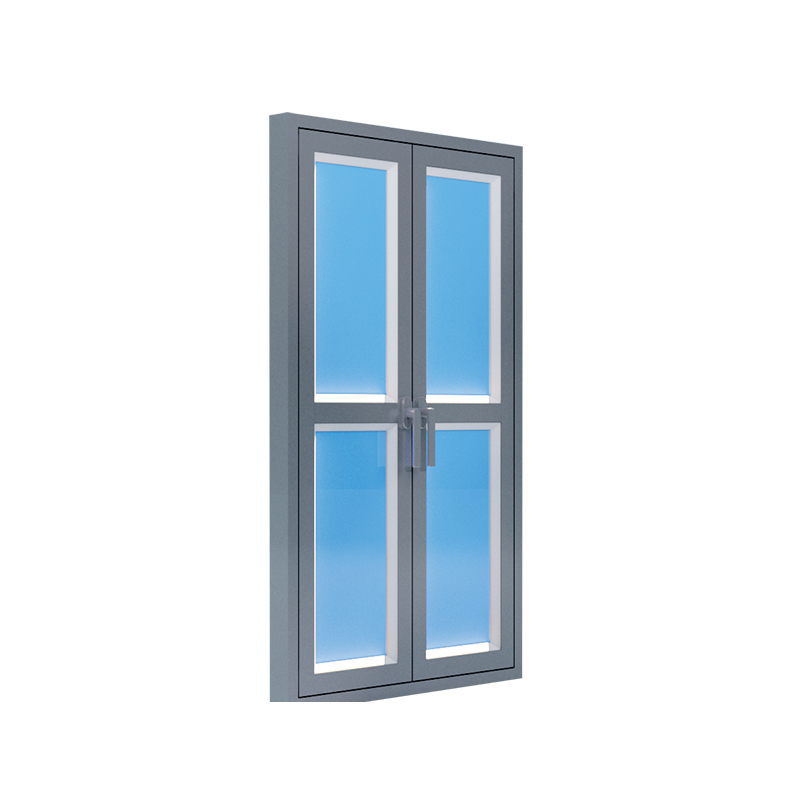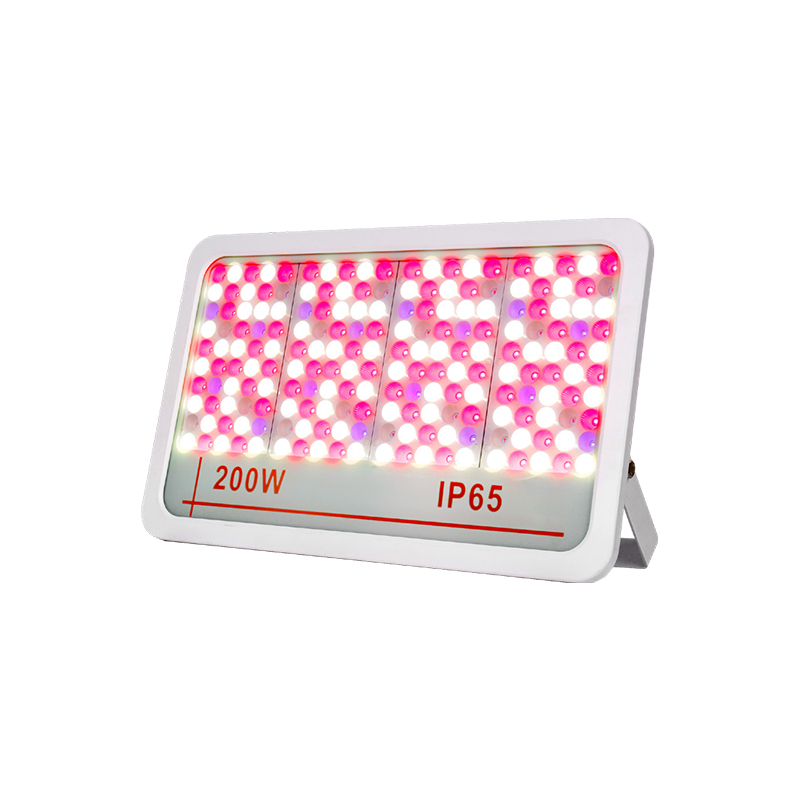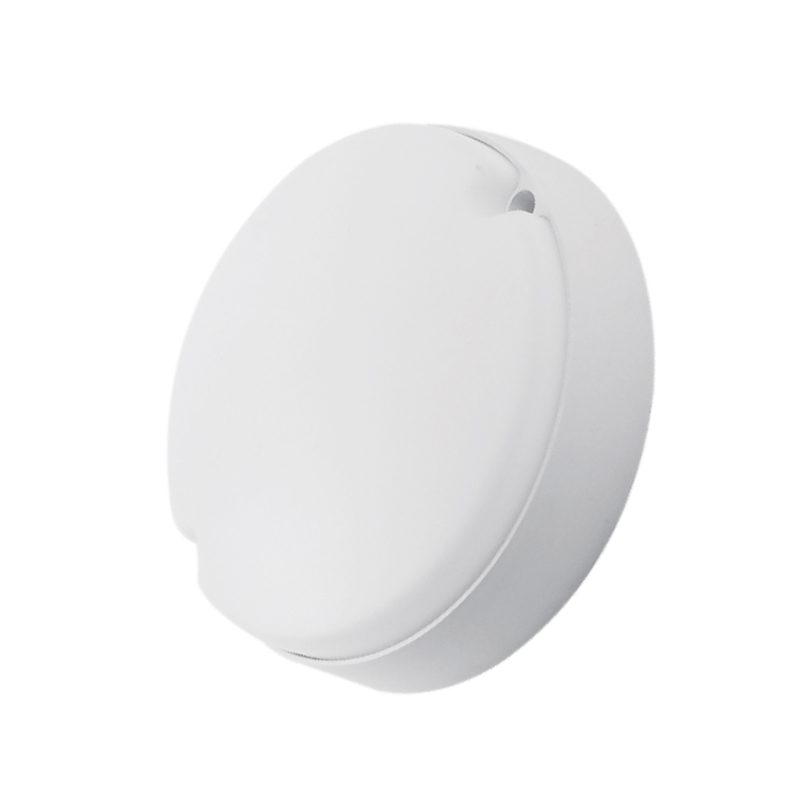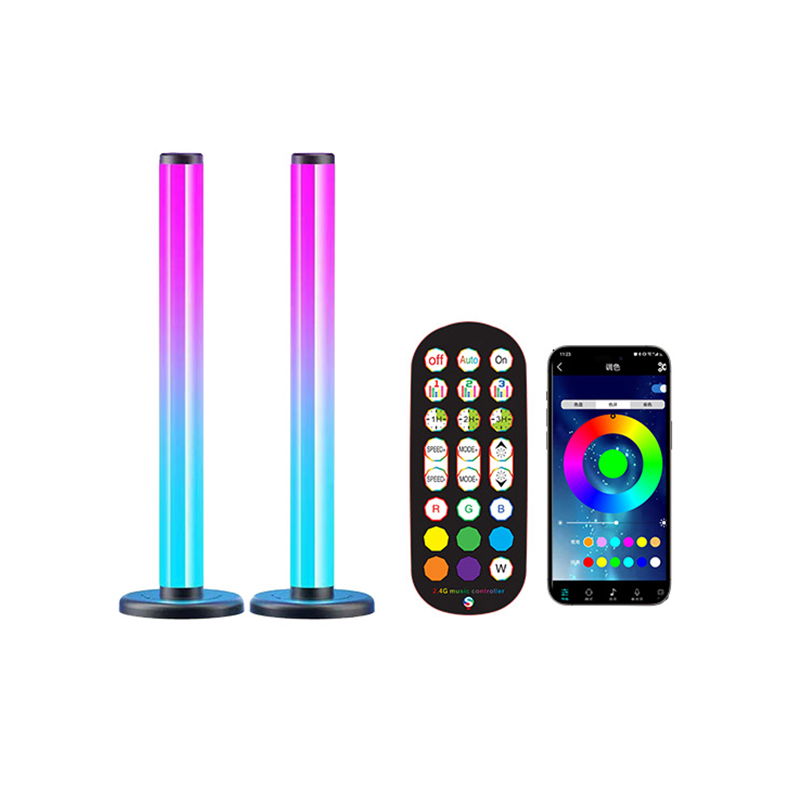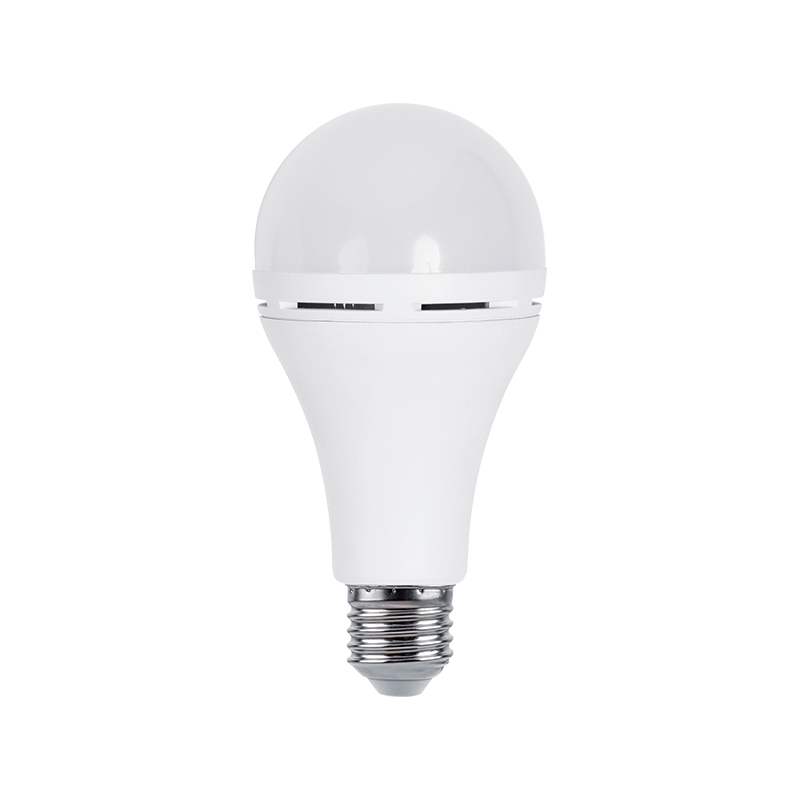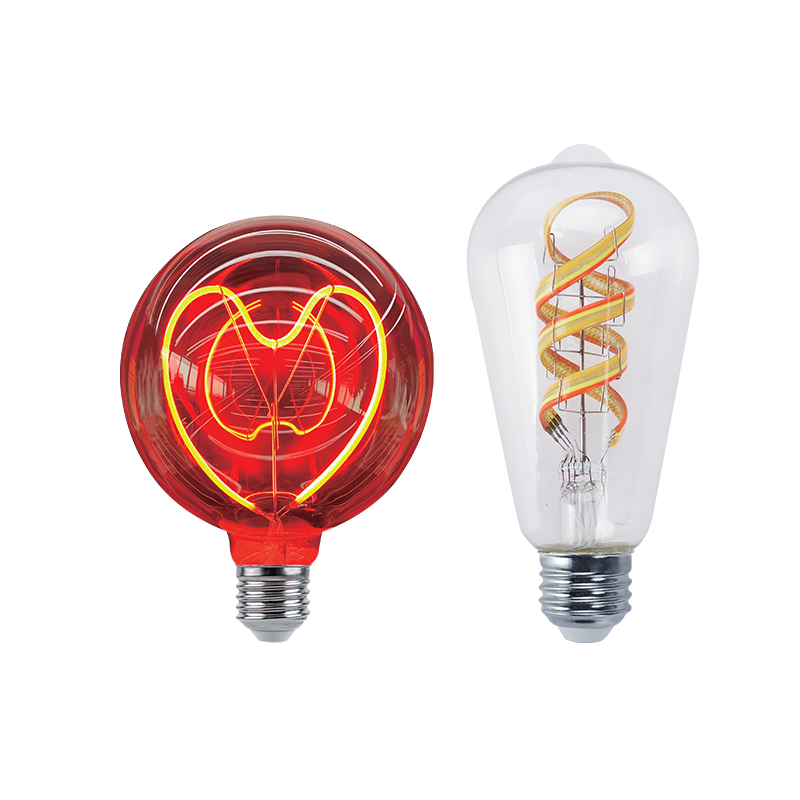We sincerely look forward to establishing a long-term development partnership with you with good quality and professional services.
1. Selection of paint type
(1)Special high-temperature paint:
Ordinary paints (such as acrylic and alkyd paints) are usually not resistant to high temperatures (generally limited to below 80°C), and are prone to cracking, powdering or fading when exposed to above 100°C for a long time. It is recommended to choose the following types:
Organic silicon high-temperature paint: It can withstand 200-600°C and is often used in engines, exhaust pipes, etc.
Epoxy modified paint: Some models can withstand 150-200°C and have strong adhesion.
Polyurethane high-temperature paint: It can withstand temperatures of about 150°C and has good UV resistance.
(2)Color stability:
In high-temperature paints, dark colors such as silver gray and black are usually more heat-resistant, and light colors (especially red and yellow) may fade more easily due to the pigment composition.
2. Influence of construction technology
(1)Substrate treatment:
Thoroughly clean (degrease and rust) and polish the surface to ensure paint adhesion. Use high temperature primer (such as zinc phosphate primer) when necessary.
(2)Coating thickness:
A single layer of paint that is too thick may crack due to thermal expansion and contraction. It is recommended to apply multiple layers of paint thinly (apply the next layer after each layer is dry).
(3)Curing conditions:
Some high temperature paints need to be baked for curing (such as baking at 200°C for 1 hour), and the temperature resistance of the naturally dried paint film may be reduced.
3. Practical application suggestions
(1)Verify the temperature resistance:
Check the technical parameters of the paint product to confirm its nominal temperature resistance range (such as "long-term resistance to 150°C" or "short-term resistance to 300°C").
(2)Test environment:
If the surface temperature of the laser painting lamp reaches 100-150°C, it is recommended to spray on the waste parts first and simulate long-term high temperature testing (such as continuously turning on the power for 72 hours to observe the changes).
(3)Alternative solutions:
If high temperature paint cannot be used, other heat dissipation or isolation measures (such as metal heat sinks, ceramic coatings) can be considered.
4. Common causes of problems
Cracking: usually due to insufficient elasticity of the paint film or mismatch of the expansion coefficient of the substrate/coating.
Fading: Organic pigments decompose at high temperatures, so you need to choose inorganic pigments or high-temperature stable formulas.

 English
English Español
Español Deutsch
Deutsch